Let's be honest – if you've been in the marketing game for a while, you've probably mastered the basics of customer acquisition. You understand funnels, have a handle on SEO and content marketing, and you can likely run a decent paid ads campaign.
But here's the thing about growth– it's not linear. What got you to a certain level isn't always what's going to propel you to the next. This is where growth marketing kicks in. It's about looking beyond the standard marketing playbook and uncovering the hidden levers that can truly ignite sustainable, scalable expansion for your business.
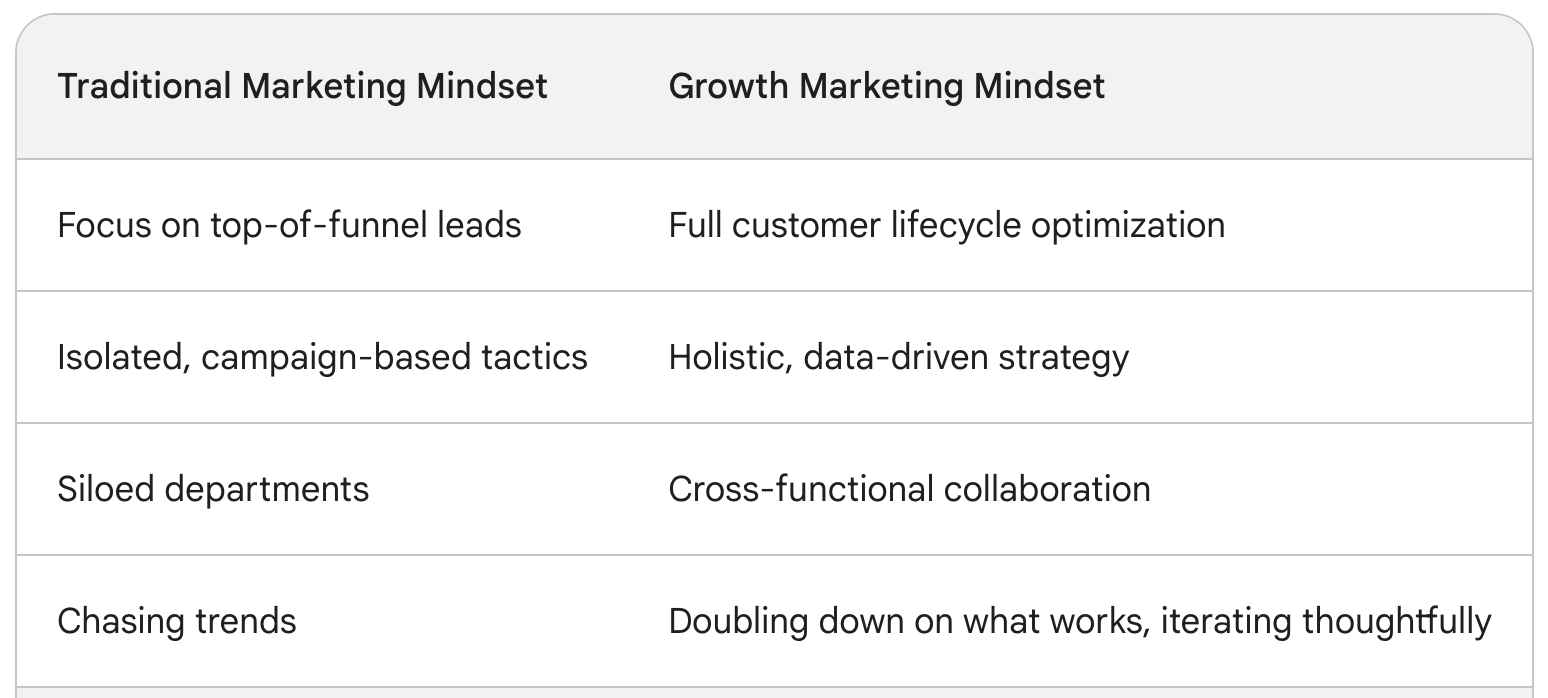
If you're a SaaS business yourself, you know that the pressure to grow is always on. Let's dive into some essential growth marketing strategies, mistakes to avoid, and the mindset shifts that can make a profound difference in your results.

Retention is the New King
One of the biggest traps marketers fall into is the constant obsession with new customer acquisition. Don't get me wrong, bringing in new leads is vital. But growth marketing is about seeing the bigger picture.
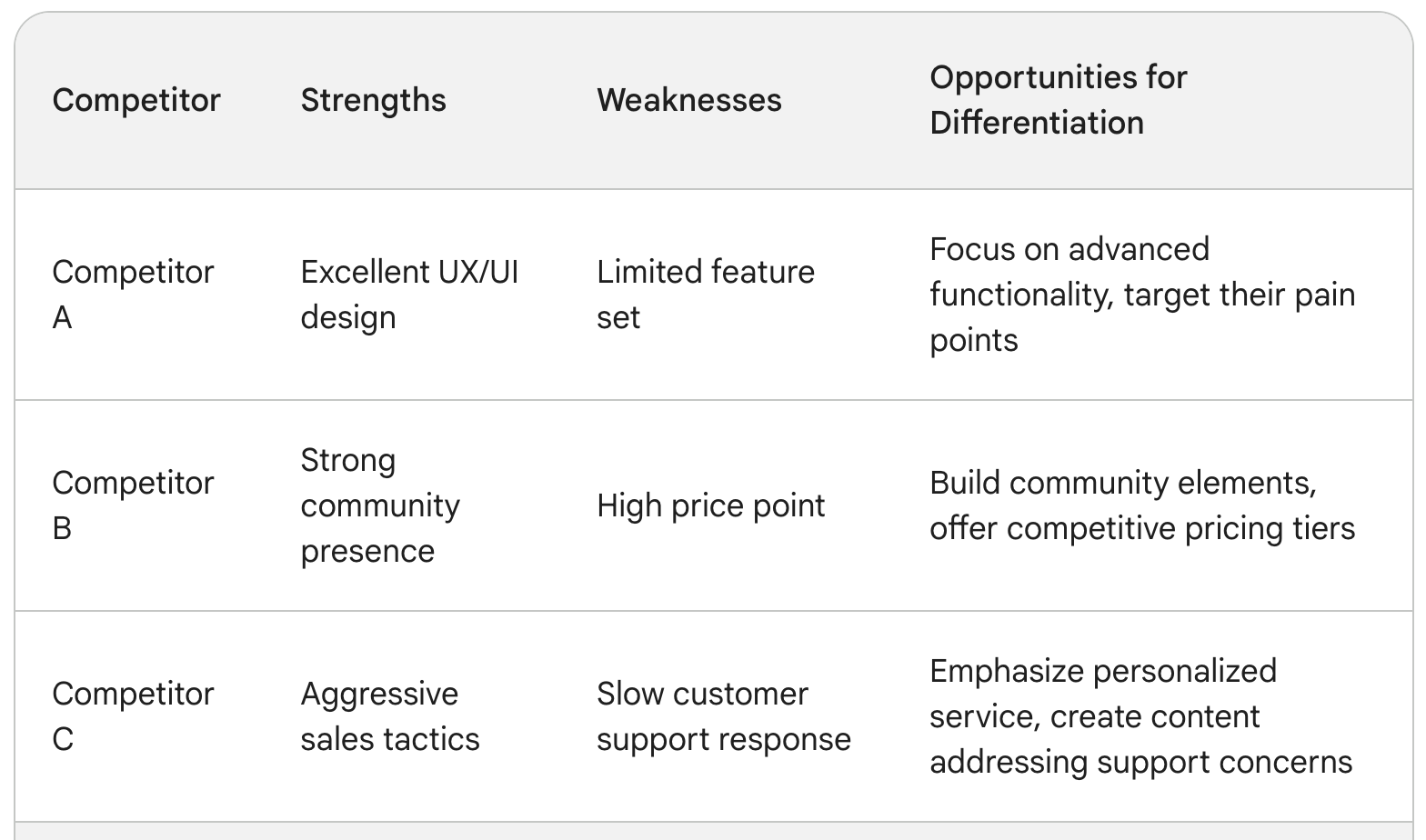
Imagine your business as a leaky bucket. You can keep pouring in water (new customers), but if it's leaking out the bottom (churn), you're never going to fill it up.
Retention is the foundation of sustainable growth. Here's why you need to shift your focus:
Lower CAC: It costs significantly less to nurture an existing customer than to acquire a new one. Studies often show this difference to be as much as 5 to 25 times greater cost for new acquisitions!
Increased LTV: Customers who stick around longer have a dramatically higher lifetime value (LTV), meaning more revenue for your business.
Advocacy: Happy, loyal customers become your most powerful marketing asset, leading to organic referrals and reduced acquisition costs even further.
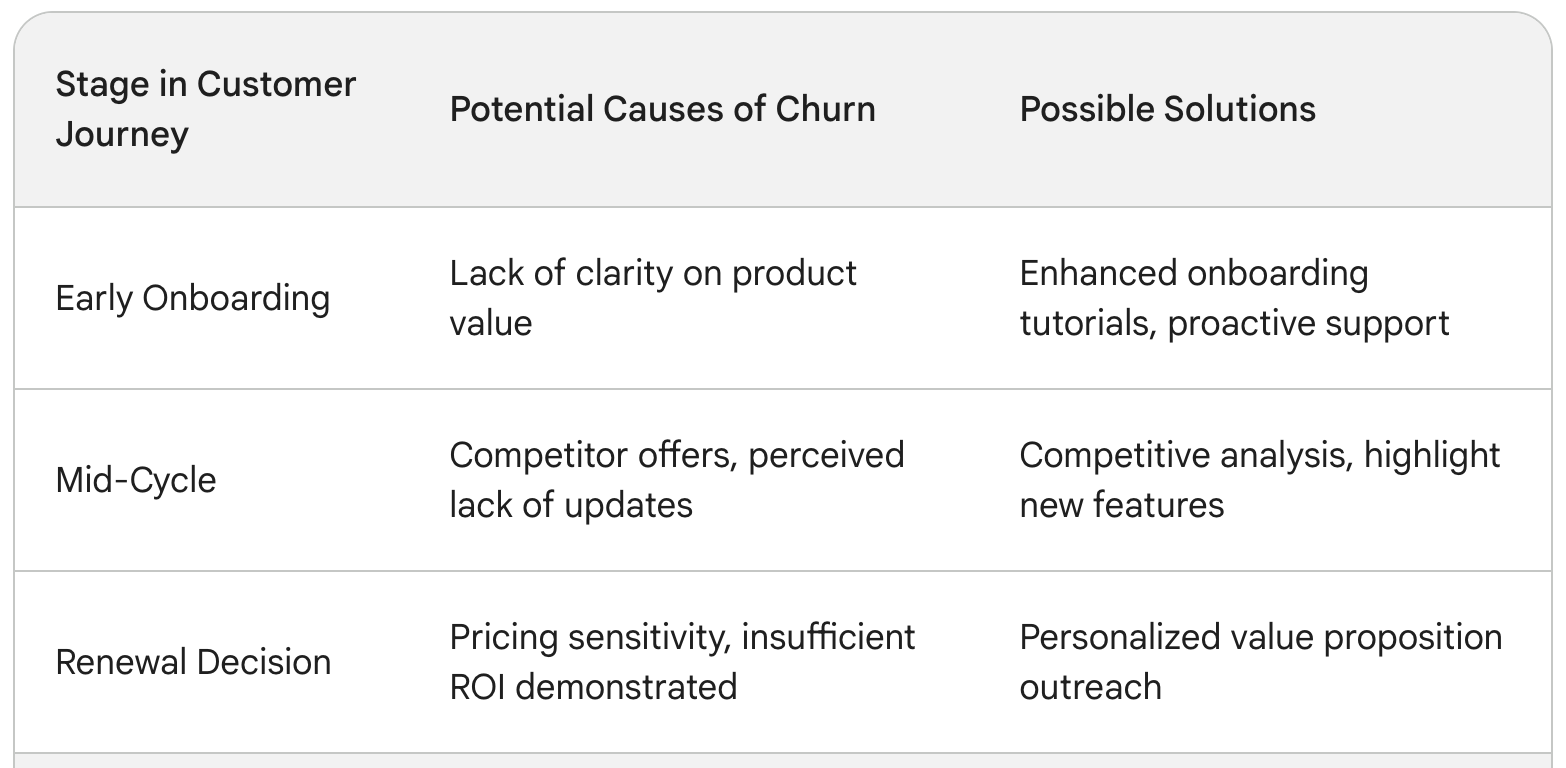
How do you nail retention? Try to focus on:
Exceptional Onboarding
The first few weeks of a customer's experience are crucial. Ensure a smooth, personalized onboarding that helps them realize value from your product quickly. Think proactive support, not just help docs.
Continuous Value Delivery
Don't rest on your laurels after the sale. Continuously update features, release valuable content, and offer ongoing support to demonstrate the evolving value of your product. Make them feel like they need you.
Community Building
Facilitate a sense of community among your users. This creates a sense of belonging and makes it harder for customers to churn, even if competitors crop up.

Don't Be Afraid to Fail (Fast)
Growth marketing isn't a “set it and forget it" strategy. It's about relentless experimentation, analyzing data, and iterating quickly. Embrace the fact that not every idea will pan out, but the key is learning from those failures and optimizing rapidly.
Here's how to cultivate a culture of experimentation:
Encourage a Test-Driven Mindset: Celebrate the act of trying new things, not just the successes. Frame potential failures as learning opportunities.
Data-Centric Approach: Ensure you're tracking the right metrics to truly measure the impact of your experiments. Let data guide your decisions, not gut feelings.
Small, Rapid Iterations: Don't try to overhaul everything at once. Focus on small, targeted experiments that you can implement and measure quickly.
Example: Instead of launching a massive new feature, consider running an A/B test with a smaller subset of customers. This helps you gather valuable insights before rolling it out to your entire base.

Unconventional Growth Channels
While channels like paid search and organic content are staples, true growth often comes from being creative and tapping into less saturated channels.
Here are a few unconventional channels to consider:
Partnerships: Identify complementary businesses that serve your target audience. Explore co-marketing campaigns, webinars, or even product integrations that provide you with access to a whole new pool of leads.
Strategic Content Distribution: Go beyond your blog and social channels. Submit guest posts to relevant industry publications, participate in niche online communities, and repurpose your existing content into formats like infographics or videos to reach different audiences.
Influencer Marketing (Done Right): This isn't just about paying someone with a following. Focus on building genuine relationships with micro-influencers in your niche. Look for engagement rate and authentic brand alignment, offering them value beyond paid promotions.
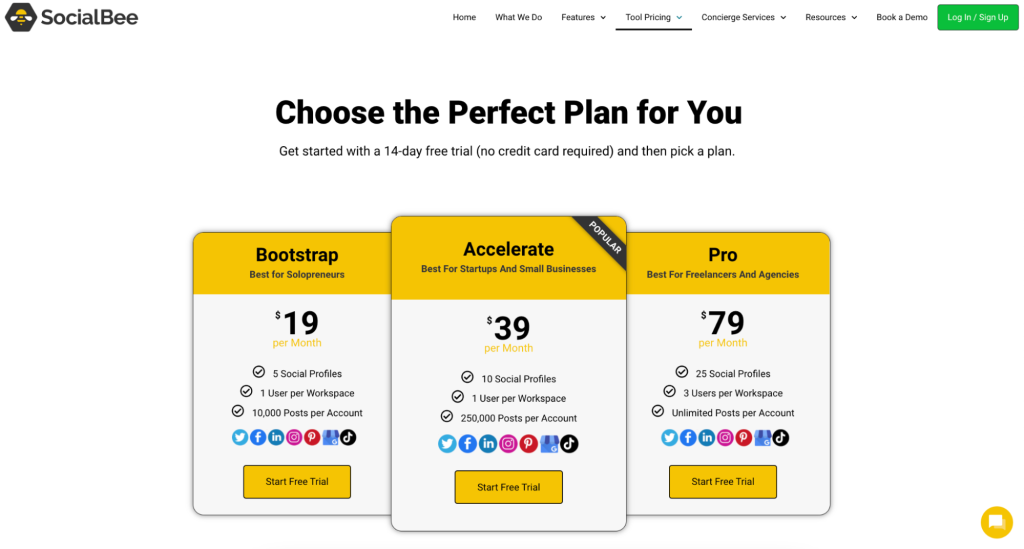
A/B Testing Beyond the Obvious
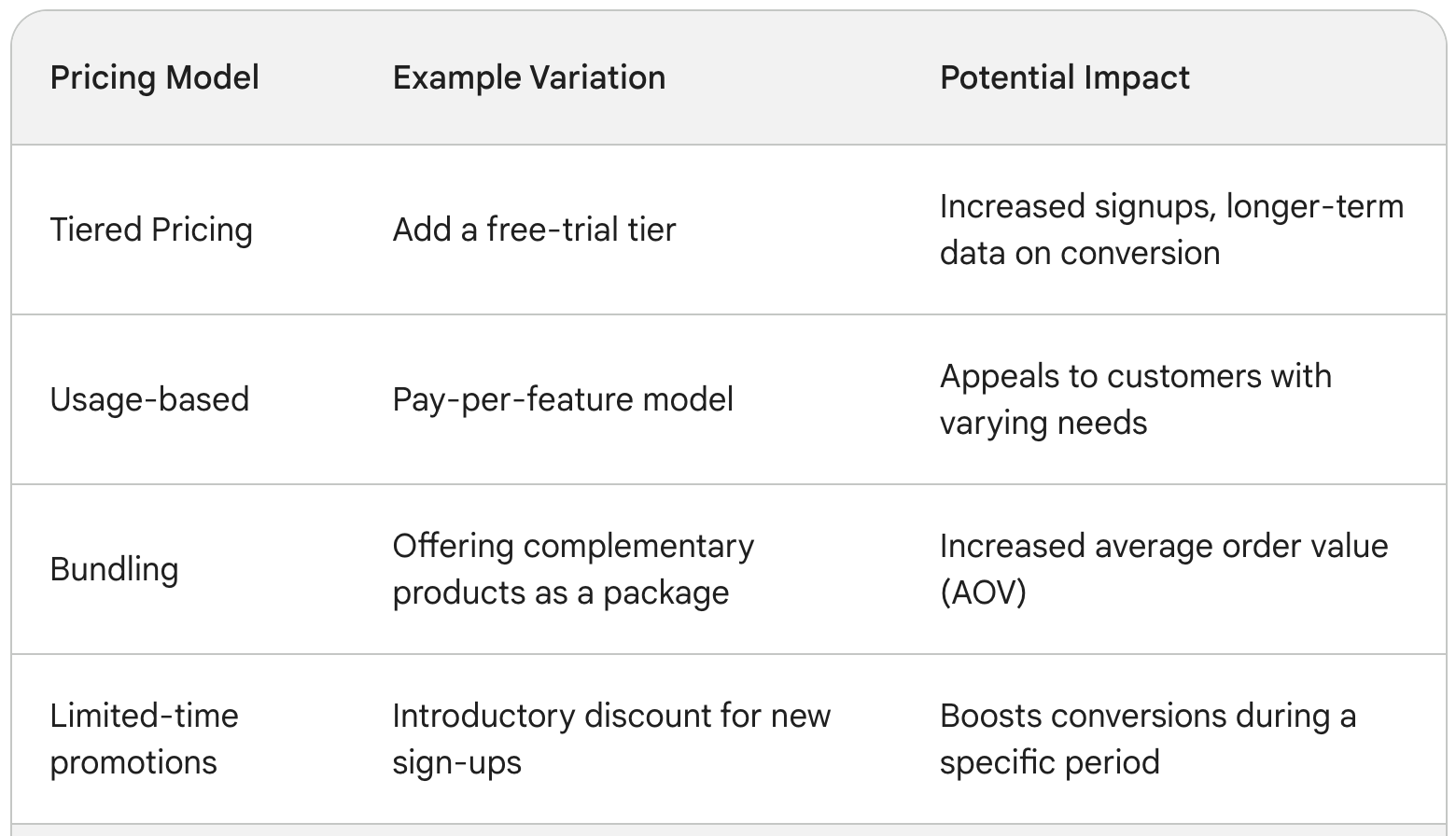
Everyone's familiar with testing headlines and CTAs, but growth marketers dig deeper. Here are areas you might be overlooking:
Pricing Experiments: Don't be afraid to play with pricing models. Explore tiered pricing, usage-based models, or limited-time offers to see what drives higher conversion and retention.
Lifecycle Messaging: Analyze your entire customer journey and test different email sequences at specific stages. Adjust onboarding flows, reactivation campaigns, and upsell messaging based on data-driven insights.
Unexpected Tweaks: Sometimes the smallest changes can have a big impact. Test the wording of your social proof, the placement of a CTA button, or even the color scheme on key landing pages.
The Growth Marketer's Mindset
Technical skills are important, but alone, they're not enough. Here's what sets successful growth marketers apart.
Customer Obsession
Truly understand your customers' pain points, needs, and what drives their decision-making. Go beyond demographics and dive into their psychographics.
Data Fluency
Be comfortable digging into analytics, understanding KPIs, and translating data into actionable strategies.
Cross-Functional Collaboration
Growth marketing success depends on seamless collaboration with sales, product development, and customer success teams.
Common Growth Marketing Pitfalls (and How to Avoid Them)
Even experienced marketers can slip up. Here are some frequent traps to watch out for:
- Lack of Focus: Trying to be everything to everyone is a recipe for scattered results. Define your niche, understand your ideal customer profile deeply, and target your messaging accordingly.
- Getting Stuck in the Silo: Don't let marketing live in its own bubble. Growth depends on cross-team communication and breaking down silos to align strategies with the bigger picture.
- Shiny Object Syndrome: It's easy to get distracted by the latest trend. Always tie back new tactics to core business goals and your overall growth strategy.
Growth marketing is an ever-evolving landscape. Embrace a mindset of continuous learning, experimentation, and a healthy dose of customer-centricity.
Remember, sustainable growth isn't a sprint. It's a long-term play that involves consistent refinement, data-driven insights, and a relentless focus on delivering value to your customers throughout their journey.
Demonstrating this kind of in-depth understanding in your outreach and content helps showcase your expertise – setting you apart from the sea of SaaS products clamoring for attention.
FAQ
1. My business is doing fine with customer acquisition. Why should I prioritize retention?
It's easy to fall into the trap of thinking growth is only about getting more customers. But the truth is, retention is where profitability happens. It's dramatically cheaper to retain and nurture existing customers than to acquire new ones. Plus, retained customers tend to have a higher lifetime value (LTV), meaning they spend more with you over time. Also, happy, loyal customers become advocates, spreading positive word-of-mouth and reducing your need for paid acquisition even further.
2. What are some signs that I might have a churn problem?
There are a few red flags to keep an eye on. If you notice a decline in customer satisfaction scores (check your NPS or results from regular feedback surveys), that might signal that churn is on the horizon. If customers are using your product less frequently, unsubscribing from emails, or becoming less responsive in general, those are also early warnings. Increased support tickets referencing pricing or comparing you to competitors could mean customers are reassessing the value they're getting. And a fundamental metric like your Monthly Recurring Revenue (MRR) – if that's not growing steadily, it's likely churn is chipping away at your progress.
3. How do I create an effective onboarding experience?
Think of onboarding as the bridge between a new signup and a truly engaged, successful customer. It's essential to offer proactive guidance, not just dump a bunch of documentation on them. Consider step-by-step walkthroughs and in-app tutorials. Make sure new customers can achieve an initial success with your product as fast as possible, this reinforces the value they're getting. Offer personalized support – real humans ready to answer questions, not just automated help articles. Importantly, ask for feedback about their experience to identify friction points you can improve.
4. I'm afraid of experimenting. What if I mess things up?
The beauty of a growth marketing mindset is that it embraces failure as part of the process. The key is in failing fast and learning from it. Start with small, targeted tests. Don't bet the farm on a radical redesign of your entire website, for example. Instead, try A/B testing a single element (like your signup page headline) and see what the data reveals.
5. What are some unconventional channels I should consider?
Think beyond the usual suspects (Google Ads, Facebook, etc.). Start with strategic partnerships – team up with businesses that serve the same audience but aren't direct competitors. Co-host webinars, create content bundles together, or explore deeper product integrations. Find niche communities – whether that's online forums, Facebook groups, or subreddits where your ideal customers hang out. Don't spam, but build genuine relationships and offer value. Lastly, consider micro-influencer marketing – focus on influencers aligned with your specific space who have engaged audiences, even if their follower count isn't huge. Authenticity matters more than reach.
6. How often should I be A/B testing?
While there's no one-size-fits-all answer, consistency matters more than sporadic bursts of testing. Make it a goal to have at least one A/B test running at any given time. It could be something small, as long you're in the habit of gathering data and learning from it.
7. Should I focus on growth marketing or SEO?
They're not mutually exclusive! SEO is a long-term play, vital for building organic visibility which fuels your growth efforts. But growth marketing complements SEO with tactics that both amplify your reach and accelerate results in both the short and long term.
8. What's the single most important metric for growth marketers?
It depends on your business model, but often Customer Lifetime Value (LTV) is the holy grail. This tells you how much revenue you generate, on average, from a customer over their entire relationship with your business. Focus on growing LTV, and your profitability and sustainability will follow.
9. What are some tools that can help with growth marketing implementation?
There's an entire ecosystem of tools out there! To start, go beyond Google Analytics with tools like Mixpanel or Heap for deeper insights into customer behavior. For A/B testing, platforms like Optimizely, VWO, and others make it easy to set up experiments. Robust email automation platforms like ActiveCampaign or Klaviyo allow you to effectively segment your audience and personalize messaging based on customer behavior. Finally, consider tools like Slack, Circle, or Discord for building communities, depending on the nature of your ideal community.






